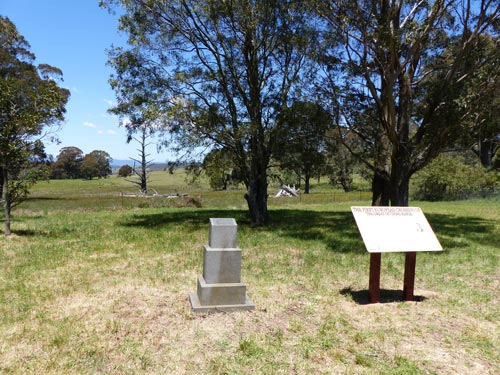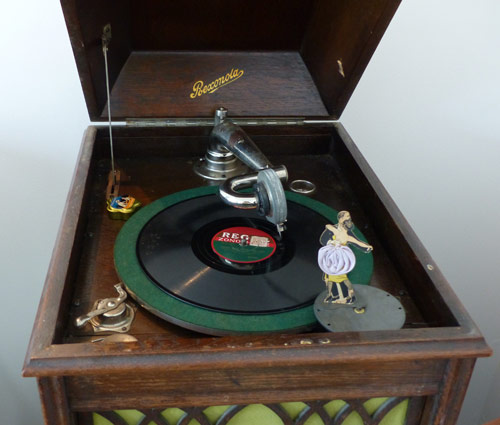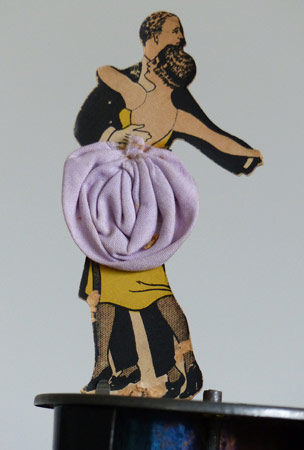Yesterday I attended the unveiling of an interpretive sign in a small park on the Hampton Road, on the outskirts of Rydal, a rural village west of Lithgow. The new sign reminds those who stop to look, about the achievements of George Evans.

As Deputy Surveyor of Lands, he was instructed by Governor Macquarie in November 1813 to retrace the route taken by Blaxland’s exploration party after they crossed the Blue Mountains. Evans was to travel further than they did, surveying the the way and in so doing becoming the first European to cross the Great Dividing Range.
The sign was opened by Paul Brunton, the Emeritus Curator of the New South Wales State Library. He gave a very comprehensive and interesting talk on the life and achievements of Evans.

While sitting there I was reminded of the Footsteps In Time monuments that appeared on the Blue Mountains in the late 1980s. The idea of John Yeaman, they were designed to focus our attention on surveyor Evans. I had written a song about George Evans and I was invited to sing it at the Wentworth Falls and Glenbrook unveiling ceremonies. At those ceremonies I had the pleasure of meeting Mr A.K.Weatherburn, a great-great-grandson of Evans. He wrote a biography on his relative, published by Angus and Robinson in 1966. As far as I know, it is the only biography that has been written on Evans.

[image © Patricia Caffrey]
After the ceremony on Saturday we all headed back down the Hampton Road to the Bark Ridge property where morning tea was waiting. Here I sang some of my songs relating to Blue Mountains’ history including my song about Evans. There is something very satisfying when I sing a song like George Evans and, after all the years, it still feels fresh and appropriate to the moment.


